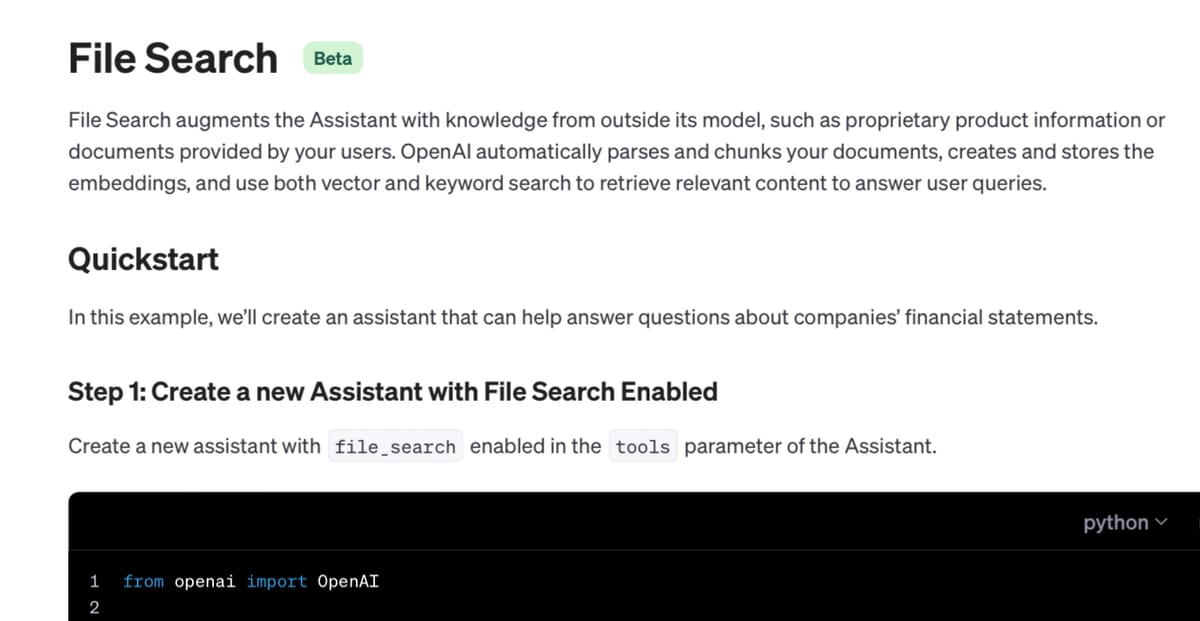Exploring RAG for marketing content
Why writers might want to look into RAG.

Over in my work life, I write a weekly and weekdaily newsletter of marketing advice.
Over the years, I’ve written over 460 posts, and produced more than 250,000 words on the topic.
So I’ve been exploring using LLMs and specifically RAG (retrieval augmented generation) to make making the content a bit more efficient, without losing the humanity or clarity (or value) of my writing.
To begin, I used the Ghost API (and Apple Shortcuts) to download all of my posts (including the titles and publication dates) and structure them in some sloppy JSON.
Then, I created a new Assistant using OpenAI’s platform* with instructions to retrieve quotes and ideas from past posts (always remembering to include the context and the title of the post) based on my query.
So, for instance, if I ask it “what questions should entrepreneurs ask themselves to be able to make better marketing content,” it will retrieve the relevant posts, with precise quotations.
That means, the next time I’m writing something along that topic, I can make sure I’m staying consistent with my past writing, without having to repeat myself. I can simply link to the previous posts, while expanding upon the ideas.
Over time, this has been letting me quote myself more often (who’s ego doesn’t like that?), while improving my consistency, clarity, and internal linking.
Basically, it keeps me from writing the same post twice by helping me retrieve past work, while giving me the context and quotes I need to improve upon my previous ideas.
If you’ve written a lot and you’re finding it harder and harder to remember what you’ve already posted—and you want the extra motivation and help to improve your writing—I recommend looking into a RAG system that works for you.
*It should be noted that OpenAI’s file search function may not strictly fit the definition for “RAG”, but the term has a common usage outside of its original meaning.
